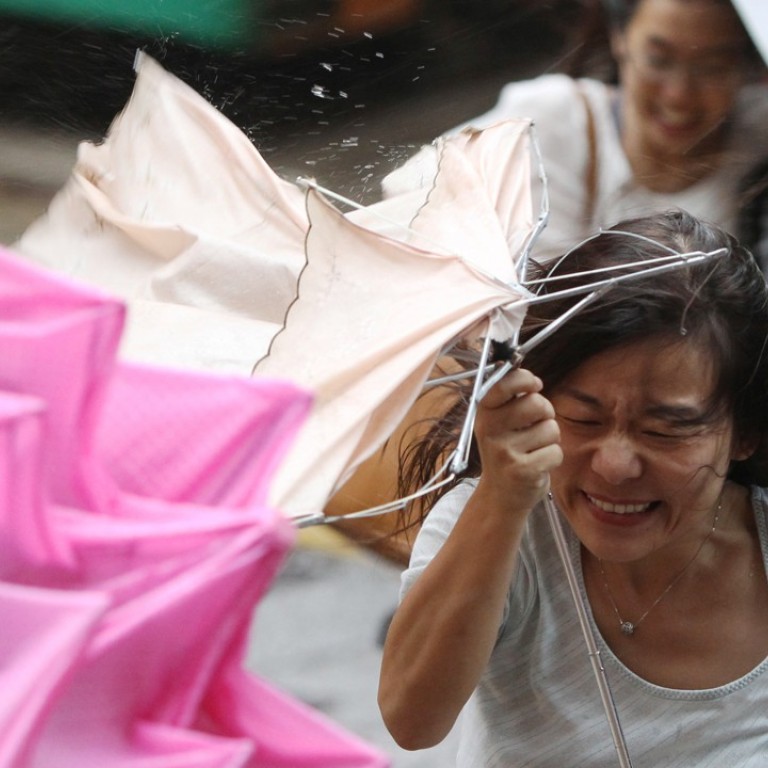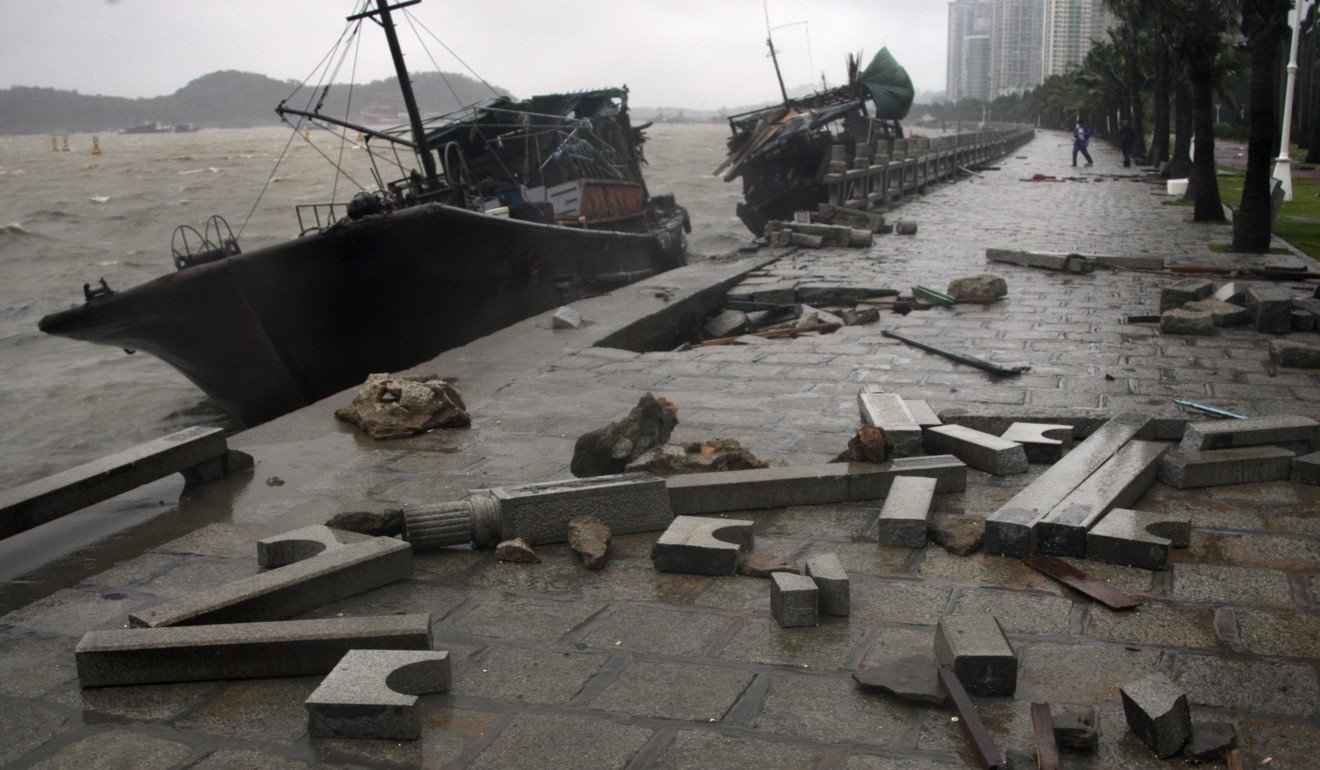
A brief history of Hong Kong typhoons
As Typhoon Hato hits the city, we look back at some of the other severe storms to hit Hong Kong
Typhoon Hato is the first typhoon since 2012 to cause the No 10 warning signal in Hong Kong.
Schools were closed, flights cancelled, and public transport widely affected as the storm hit the city.
The Observatory says it only issues the No 10 signal – its strongest – when the sustained wind speed tops 118 km/h with gusts exceeding 220 km/h.
The last No 10 storm was Vicente, which hit in 2012. The No 10 signal was issued on July 24 and lasted for close to three hours. At least 138 people were injured.

Since the start of tropical cyclone records in 1946, Hato is the 15th typhoon to get a No 10 signal.

Among them, Wanda, a typhoon which hit Hong Kong from late August to early September in 1962, was the deadliest. Wanda escalated to the level of a “super typhoon”, meaning its maximum sustained winds near the centre of the storm reached 185 km/h or above. At least 130 people were killed and 53 people were reported missing.
But the storm that caused the most injuries was York, in 1999. The No 10 signal was issued on the morning of September 16 and lasted for 11 hours – the longest ever recorded. More than 500 people were injured and two people died. A total of 800 signboards collapsed and about 90 roads were impassable after the storm.


